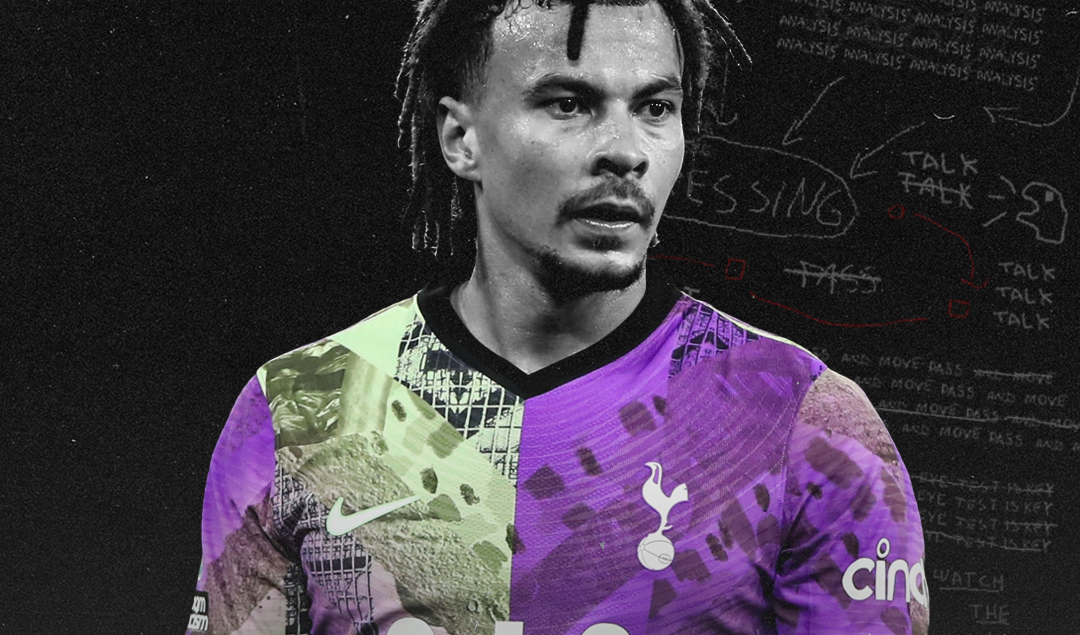High lines vs low blocks: which wins more often?
In the world of elite football, tactical systems are often as defining as the players executing them. Among the most hotly debated structural choices lies a central dilemma: should teams hold a high defensive line or fall into a compact low block? While both systems aim to control space, dictate tempo, and limit opposition chances, they do so in radically different ways. But which one wins more often?
Understanding the systems
A high line involves pushing the defensive unit up the pitch, compressing the midfield, and attempting to control the game territorially. It requires defenders with pace, excellent positioning, and coordination with the offside trap. On the other hand, a low block consists of dropping deep—often near the edge of the penalty area—to absorb pressure, stay compact, and strike on the counter. The success of each system hinges not just on formation, but on execution, opposition style, and game context.
Metrics that matter
Teams using high lines tend to dominate possession, generate more xG, and complete more passes in the final third. Yet they also risk conceding high-quality chances if the press is broken. According to Wyscout data, teams like Liverpool (under Jurgen Klopp) average among the highest defensive lines in Europe, and while this brings attacking volume, it has also led to vulnerability on transitions, especially in recent seasons.
In contrast, low-block teams often concede possession and territory but thrive in xG efficiency. Atlético Madrid under Diego Simeone, or Morocco during the 2022 World Cup, provide classic examples. These sides rarely top the stats sheet but remain tactically disciplined and capable of upsetting superior squads.
Situational success
The truth is neither system is universally superior. High lines perform best when a team is technically superior, can sustain pressure, and doesn’t fear isolation at the back. Low blocks are ideal when facing stronger opposition, protecting leads, or when the squad lacks pace in central defense.
In Major League Soccer, teams like Philadelphia Union favour high pressing and compact verticality, while clubs such as Nashville SC and Real Salt Lake have found success with more conservative low-block setups. The league’s diversity of approaches reflects the broader tactical spectrum.
Adaptability is the real key
Modern football rewards adaptability. Teams that can shift between a high line and a low block within 90 minutes often outperform those wedded to one philosophy. Manchester City under Guardiola, for example, now balances a high line with midfield rotation that drops defenders deeper when needed. Similarly, teams like Bayern Munich modulate their line depending on scoreline and opponent structure.
So, which wins more often?
Data shows that high-line teams generate more wins over the course of a season—but only when executed with athletic, cohesive squads. In contrast, low-block teams often shine in tournament formats or when managing single-match outcomes. It’s not about which tactic is better—it’s about when, how, and by whom it’s used.
For readers of Breaking The Lines, the tactical spectrum isn’t black and white. Both systems, when deployed with intent and clarity, offer compelling paths to success. And as noted in recent coverage by Focus Gaming News, understanding how systems function under pressure has become increasingly important for analysts and fans alike.
